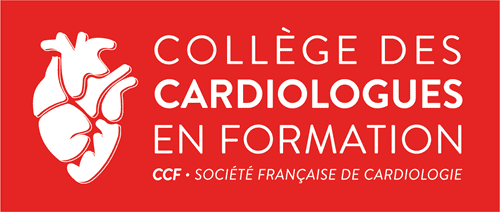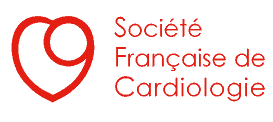Suivez nous sur les réseaux sociaux
Cet outil a vocation à informer, diffuser l’information auprès des jeunes cardiologues (internes, assistants, chefs de cliniques, jeunes praticiens, etc.), et faciliter les échanges.
Voici un aperçu rapide des sujets abordés dans cette publication :
Toutes nos publications
Une question ?
Publications
Phenotypic Clustering of Patients Hospitalised in Intensive Cardiac Care Unit: Insights from the ADDICT-ICCU study
Voici un aperçu rapide des sujets abordés dans cette publication :
Phenotypic Clustering of Patients Hospitalised in Intensive Cardiac Care Unit: Insights from the ADDICT-ICCU study
Kenza Hamzi, Emmanuel Gall, François Roubille, Antonin Trimaille, Meyer Elbaz, Amine El Ouahidi, Nathalie Noirclerc, Damien Fard, Benoit Lattuca, Charles Fauvel, Marc Goralski, Sean Alvain, Aures Chaib, Nicolas Piliero, Guillaume Schurtz, Thibaut Pommier, Claire Bouleti, Christophe Tron, Guillaume Bonnet, Pascal Nhan, Simon Auvray, Antoine Léquipar, Jean-Guillaume Dillinger, Eric Vicaut, Patrick Henry, Solenn Toupin, Théo Pezel, for the ADDICT-ICCU Investigators
Archives of Cardiovascular Diseases, Volume 117, Issues 6-7, June-July 2024, Pages 392-401
PMID: 38834393
DOI: 10.1016/j.acvd.2024.03.004
Abstract
Background
Intensive cardiac care units (ICCUs) were created to manage ventricular arrhythmias after acute coronary syndromes, but have diversified to include a more heterogeneous population, the characteristics of which are not well depicted by conventional methods.
Aims
To identify ICCU patient subgroups by phenotypic unsupervised clustering integrating clinical, biological, and echocardiographic data to reveal pathophysiological differences.
Methods
During 7–22 April 2021, we recruited all consecutive patients admitted to ICCUs in 39 centers. The primary outcome was in-hospital major adverse events (MAEs; death, resuscitated cardiac arrest or cardiogenic shock). A cluster analysis was performed using a Kamila algorithm.
Results
Of 1499 patients admitted to the ICCU (69.6% male, mean age 63.3 ± 14.9 years), 67 (4.5%) experienced MAEs. Four phenogroups were identified: PG1 (n = 535), typically patients with non-ST-segment elevation myocardial infarction; PG2 (n = 444), younger smokers with ST-segment elevation myocardial infarction; PG3 (n = 273), elderly patients with heart failure with preserved ejection fraction and conduction disturbances; PG4 (n = 247), patients with acute heart failure with reduced ejection fraction. Compared to PG1, multivariable analysis revealed a higher risk of MAEs in PG2 (odds ratio [OR] 3.13, 95% confidence interval [CI] 1.16–10.0) and PG3 (OR 3.16, 95% CI 1.02–10.8), with the highest risk in PG4 (OR 20.5, 95% CI 8.7–60.8) (all P < 0.05).
Conclusions
Cluster analysis of clinical, biological, and echocardiographic variables identified four phenogroups of patients admitted to the ICCU that were associated with distinct prognostic profiles.


